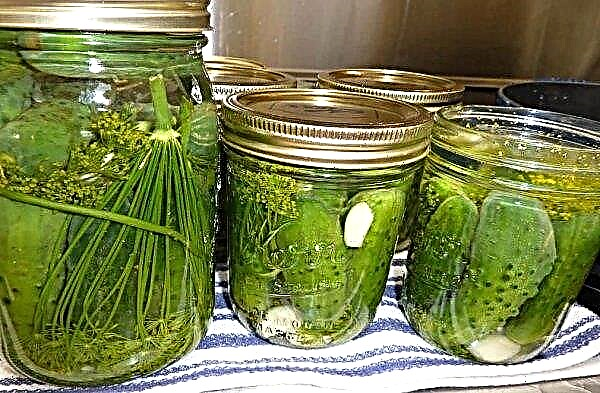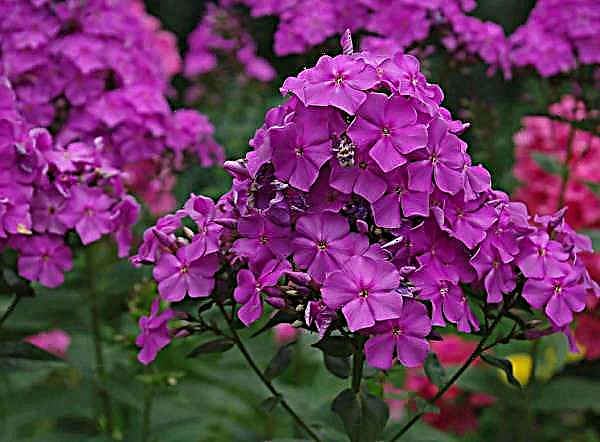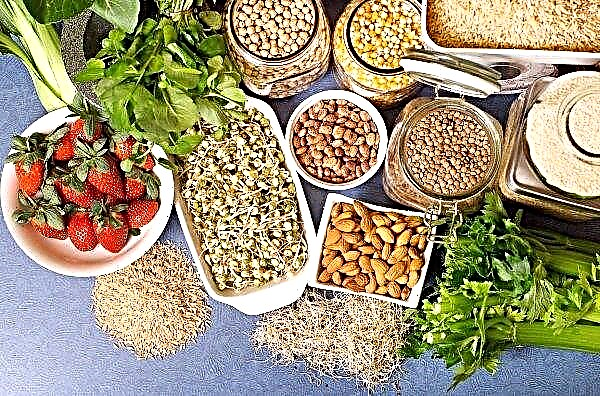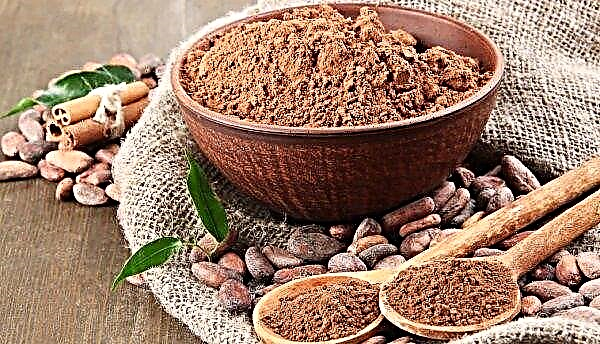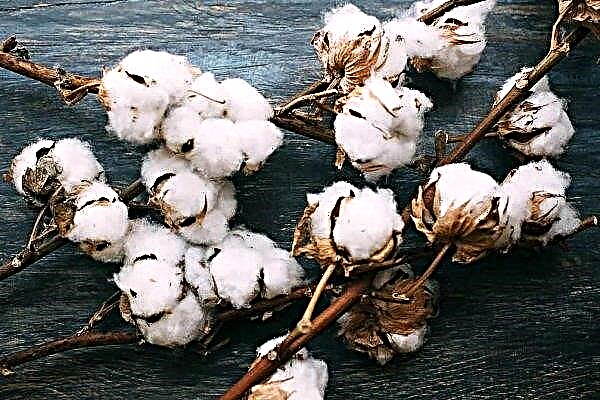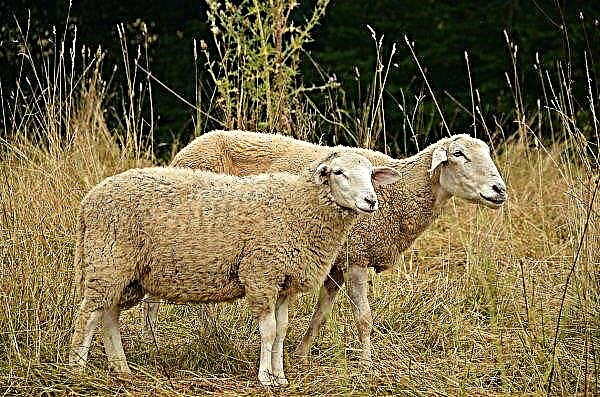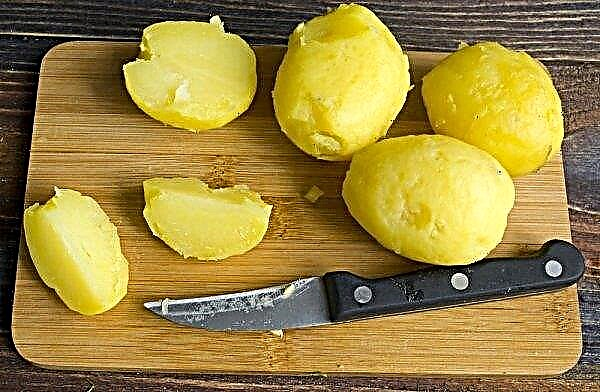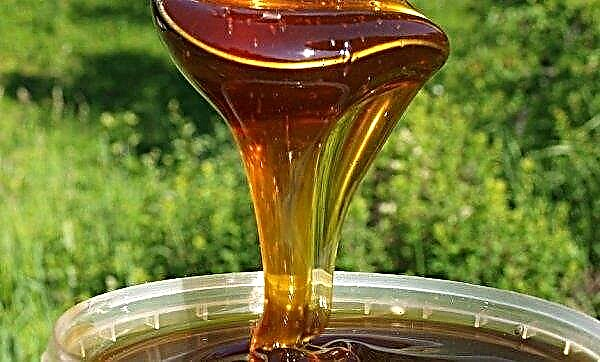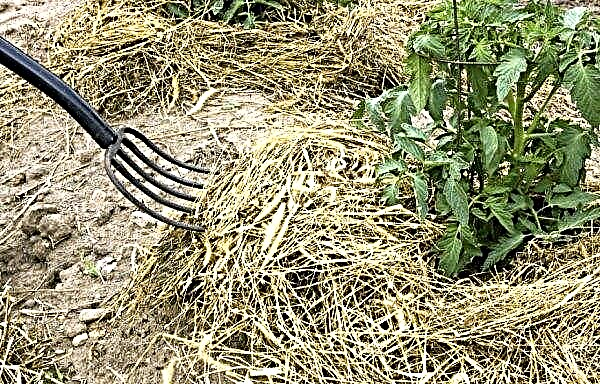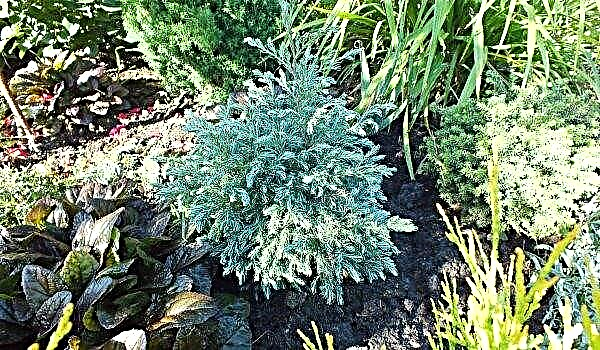It often happens that, having bought a plot, people begin to immediately lay a garden, but after 1-2 years the trees interfere with buildings or beds, or the tree develops very poorly in the chosen place. Autumn is an opportune time to correct such errors, including for pear trees.
Benefits of Autumn Pear Transplant
A pear from those trees that do not like to change their place of residence.
- However, an autumn transplant will provide a number of advantages that will help the tree adapt faster:
- After transplanting, all the forces of such young trees will go to the development of the root system, since the leaves have already been discarded.
- Seedlings will need to be watered only once, and then nature itself will take care of a sufficient amount of moisture.
- In autumn, many small roots are formed near the tree, which make the plant more resistant to frost and drought.
Transplant Dates
Before embarking on a transplant, you need to wait for leaf fall: it is he who indicates the transition of plants to a state of rest, which is important for the full development of the root system.  Specific dates depend on the climate zone. In the south, this has been done since mid-October and throughout November. In the central regions, they begin work in the second half of September and finish in mid-October. In any case, it is necessary to focus on the forecast of weather forecasters in order to have time to carry out the procedure before the alleged frosts. Temperature differences are detrimental to the root system.
Specific dates depend on the climate zone. In the south, this has been done since mid-October and throughout November. In the central regions, they begin work in the second half of September and finish in mid-October. In any case, it is necessary to focus on the forecast of weather forecasters in order to have time to carry out the procedure before the alleged frosts. Temperature differences are detrimental to the root system.
Did you know? Europeans smoked pear leaves before tobacco appeared on the continent that Columbus introduced.
Requirements for the place of transplantation and planting material
Since the pear is very thermophilic, then you need to choose a place for it based on its needs. The crown of the tree should receive enough light. - This will ensure a normal level of photosynthesis and increase productivity. Also pears love space and loneliness, therefore, it is located no closer than 5 meters from buildings and other trees. The place should be without blowing winds, better from the south or southeast side. The proximity of the groundwater to the roots is also important, since the constant washing-up leads to decay and damage by fungi: the distance should be at least 3 meters. As for the soil, then you need to pay attention to acidity and nutrition. Heavy and infertile soil will be depleted by the tree in just three years, and then replanting it is no longer desirable. Loamy or sandy soil with a fertile layer of about 25 cm is optimal. The maximum acidity should be no more than 6.5. If it is higher, lime is added to the soil. The success of growing a pear garden depends largely on the initial condition of the seedlings.
As for the soil, then you need to pay attention to acidity and nutrition. Heavy and infertile soil will be depleted by the tree in just three years, and then replanting it is no longer desirable. Loamy or sandy soil with a fertile layer of about 25 cm is optimal. The maximum acidity should be no more than 6.5. If it is higher, lime is added to the soil. The success of growing a pear garden depends largely on the initial condition of the seedlings.
Important! The pear needs cross-pollination, so it’s better, so that there are several of them on one site - the chances of getting a good harvest will be higher.
If you will transplant a tree from a nursery or from a neighboring garden, then pay attention to such nuances:
- development of the root system. The tree should have several basic roots that are apparently healthy and without signs of disease, and many small ones. If there are blackened roots or they resemble a washcloth, then nothing good will grow out of such material;
- the older the tree, the worse it tolerates the transplant;
- the trunk should be flat, with a beautiful, smooth bark, without damage. The branches of the tree should also be smooth, elastic.
The better the pear looks, the greater the likelihood of survival after a transplant.
Landing pit preparation
They dig a pit for planting in advance, at least three months in advance, you can do it in the spring - during this time the soil will settle down and a favorable environment for the roots will form. The upper fertile layer remains, and the lower one is replaced by a mixture of sand, compost and mineral fertilizers such as potassium salt and superphosphate. For a pit with a diameter of 1 meter and a depth of 60 cm, you will need two buckets of compost and sand, 30 g of superphosphate and 20 g of potassium sulfate. If the acidity of the soil is increased, then another 0.5 kg of limestone should be added. In the middle of the pit, a two-meter strong stake is stuck for garter the tree in the future. The edges of the pit should have a steep slope, which will allow for proper shrinkage of the soil.
For a pit with a diameter of 1 meter and a depth of 60 cm, you will need two buckets of compost and sand, 30 g of superphosphate and 20 g of potassium sulfate. If the acidity of the soil is increased, then another 0.5 kg of limestone should be added. In the middle of the pit, a two-meter strong stake is stuck for garter the tree in the future. The edges of the pit should have a steep slope, which will allow for proper shrinkage of the soil.
Important! If the seedling is positioned relative to the cardinal points as it grew earlier, then it will be easier for it to adapt. The location is determined by the color of the bark - from the north it is lighter.
Transplant technology
Before lowering the plant into the pit, a mound is made in its center with the calculation so that the root neck looks 5 cm after filling the soil. A tree is placed on this mound, and its roots are evenly placed on the sides, preventing breaking up. When falling asleep, you need to ensure that there are no voids around the roots. When the pit is filled up, the top of the soil is tamped, and the tree is tied with a soft rope to the stake. Then, in a circle around the pit, make a deepening and pour 2-3 buckets of water heated by the sun. The top is mulched with sawdust or peat to preserve moisture.
Preparing a young pear for winter
For young plantings, the help of a gardener in preparing for winter is especially important. First of all, on the eve of December, the branches are tied together and attached to the stake. Then you need to take care of the trunk - it is wrapped in bags or straw. The main thing is that the material provides air access and protects from a sharp change in temperature, which leads to freezing. In addition to frost, in winter rodents threaten the tree trunk. You can protect yourself from them using a special grid.
Did you know? The ancient Greeks absorbed slices of pears in the mouth during sea voyages and thereby escaped from motion sickness.
Also, instead of covering materials, a mullein and clay solution 1: 1 can be used for the stub - it will protect against frost and scare away rodents with its smell. You can still tie the trunk with spruce branches - its spines will not allow pests to bark. A good natural insulation is snow. He is raked around the trunk as much as possible.
Video: preparing pears for winter
Features of transplanting an adult pear to a new place
Usually, mature trees try not to disturb the transplant. However, if building is planned at this place or a tree grows in the middle of the garden, then it makes sense to take a chance and relocate it. However, you need to know that if a tree is more than 15 years old, then most likely it will not survive. Also, infected specimens and those in which the bark is damaged do not tolerate a change of place.
We recommend that you familiarize yourself with such varieties of pears as:
Digging Adult Pear
Preparation for this procedure begins in the spring - it is imperative to dig up the earth around the perimeter and remove the oncoming roots. In autumn, excavation consists of the following stages:
- Watering the earth around the trunk.
- Digging around the trunk around a distance of 70 cm from the trunk with the formation of a cone-shaped lump of earth with a depth of 70 cm. These parameters are used for 5-year-old pears. If the tree is more than 6 years old, then the depth should be 1 meter and the width should be 1.3 meters.
- In a circle from a coma made, a trench 0.5 meters wide is dug to its depth. The roots are cut off, which protrude from the cone, and those going in depth are cut by a shovel.
- The tree is transferred to a new place with a lump.

Tree transplantation and further care
The transplant takes place according to this algorithm:
- A transplant pit is prepared taking into account a 40 cm margin around the coma and in depth.
- At the bottom, humus and peat are mixed, compacted.
- Pear is placed to the cardinal points in the same way as it grew before.
- Dipping the lump in the pit, check that the root neck is 5 cm above the ground.
- The space around the coma is covered with earth and rammed. Then well water and mulch.
Video: adult tree transplant
In winter, the trunk of the pear is wrapped with spruce branches or bags, and on top they cover it with a net from rodents. When the buds begin to swell in the spring, you need to cut off some of the branches, since weak roots are not able to provide them with food. You will also have to cut off all the buds, otherwise the fruits that appear will greatly weaken the tree. Watering should be done regularly, preventing the soil from drying out.
Two buckets of water are poured at a time. In early summer, you can feed the tree with an aqueous solution of nitrophoska. With the right approach, the pear is going through a good change of place. And even an adult tree can be adapted to new conditions, if you know how to do it right.

